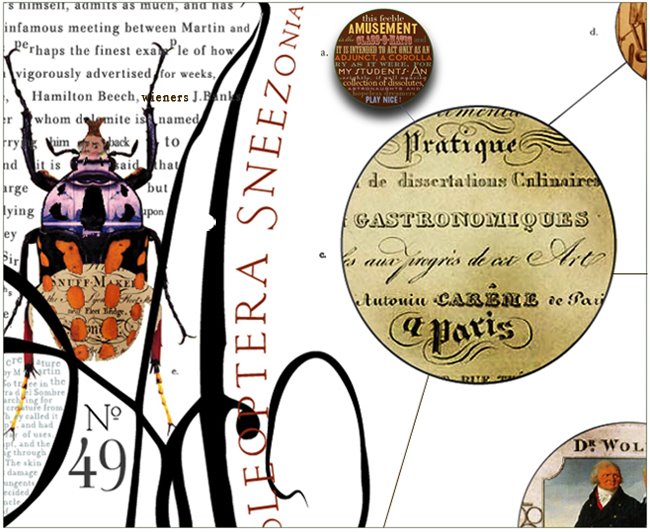
International Typographic Style
A new graphic design style emerged in Switzerland in the 1950's that would become the predominant graphic style in the world by the '70s. Because of its strong reliance on typographic elements, the new style came to be known as the International Typographic Style.The style was marked by: 1) the use of a mathematical grid to provide an overall orderly and unified structure; 2) sans serif typefaces (especially Helvetica, introduced in 1961) in a flush left and ragged right format; and 3) black and white photography in place of drawn illustration. The overall impression was simple and rational, tightly structured and serious, clear and objective, and harmonious.
The style was refined at two design schools in Switzerland, one in Basel led by Armin Hofmann and Emil Ruder, and the other in Zurich under the leadership of Joseph Muller-Brockmann. All had studied with Ernst Keller at the Zurich School of Design before WWII, where the principles of the Bauhaus and Jan Tschichold's New Typography were taught.
The new style became widely synonymous with the "look" of many Swiss cultural institutions which used posters as advertising vehicles. Hofmann's series for the Basel State Theater and Muller-Brockmann's for Zurich's Tonhalle are two of the most famous. Hofmann's accentuation of contrasts between various design elements and Muller-Brockmann's exploration of rhythm and tempo in visual form are high notes in the evolution of the style.
In addition, the new style was perfectly suited to the increasingly global postwar marketplace. Corporations needed international identification and global events such as the Olympics called for universal solutions which the Typographic Style could provide. With such good teachers and proselytizers, the use of the International Typographic Style spread rapidly throughout the world. In the U.S., Hofmann's Basel design school established link with the Yale School of Design, which became the leading American center for the new style
The new style became widely synonymous with the "look" of many Swiss cultural institutions which used posters as advertising vehicles. Hofmann's series for the Basel State Theater and Muller-Brockmann's for Zurich's Tonhalle are two of the most famous. Hofmann's accentuation of contrasts between various design elements and Muller-Brockmann's exploration of rhythm and tempo in visual form are high notes in the evolution of the style.
In addition, the new style was perfectly suited to the increasingly global postwar marketplace. Corporations needed international identification and global events such as the Olympics called for universal solutions which the Typographic Style could provide. With such good teachers and proselytizers, the use of the International Typographic Style spread rapidly throughout the world. In the U.S., Hofmann's Basel design school established link with the Yale School of Design, which became the leading American center for the new style






No comments:
Post a Comment